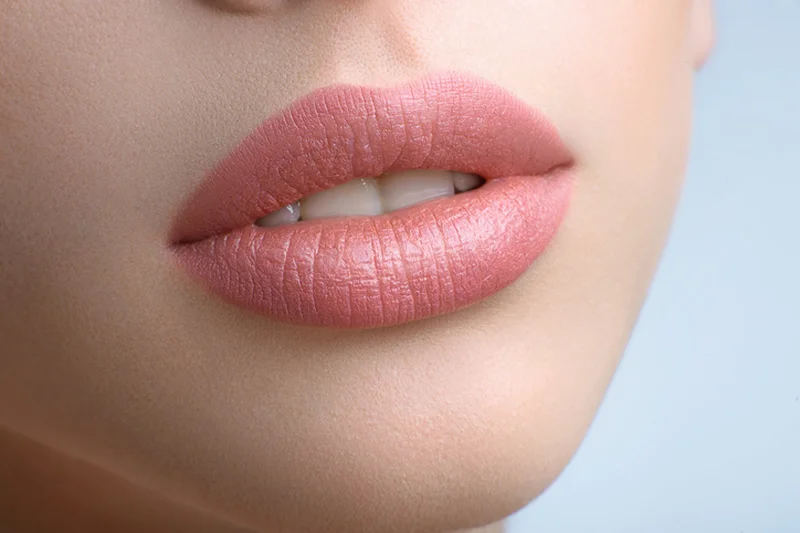The skin is the body’s largest organ and, unfortunately, it takes a lot of abuse. We all know that our skin changes as we age, but wrinkles can arrive sooner depending on each individual’s environmental and lifestyle factors, including nutrition, sun lip tattooing perth, heredity, smoking, alcohol use and pregnancy side effects.
The skin is the body’s largest organ and, unfortunately, it takes a lot of abuse. We all know that our skin changes as we age, but wrinkles can arrive sooner depending on each individual’s environmental and lifestyle factors, including nutrition, sun exposure, heredity, smoking, alcohol use and pregnancy side effects.
Skin resurfacing is a non-invasive, cosmetic procedure that can rapidly change the appearance of one’s skin, usually with little to no pain or downtime. Unlike other aesthetic procedures that correct or adjust the human body, skin resurfacing intentionally damages the skin, knowing that when it heals, the finished product will be better.
A chemical peel sounds worse than it is. Basically, a solution is rubbed on the skin and allowed to peel away the top layers of skin. There are two methods of light chemical peels, alpha hydroxy or trichloroacetic acids.
AHA, or alpha hydroxyl acid, is a very mild solution that is applied to the face. It is generally used for fine wrinkles, light sun damage and some minor unevenness in the skin’s pigment. AHA is mild enough to have done several weeks in a row until the desired corrective effect is achieved. In fact, patients report only a mild tingling sensation and no downtime in their daily routine.
TCA, or trichloroacetic acid, is a stronger application that goes deeper than AHA. The results may be more significant and immediate, but the downtime can be increased to a few days. An added benefit is that it contains less of a bleaching solution than other skin resurfacing treatments so it can be extremely effective on those with darker skin tones.
For deeper wrinkles and more severe sun damage, it may be necessary to perform a deep chemical peel or a phenol peel. This full-face procedure lasts up to two hours and can cause a slight burning sensation for most patients as the solution is applied to the skin. A phenol peel is more successful around the lips and chin than either of the light chemical peels, but it is not always the best solution for those with darker pigmented skin.The skin then begins to form a protective mask and the healing process can take up to a week. The results in that short week can be quite dramatic, however.
